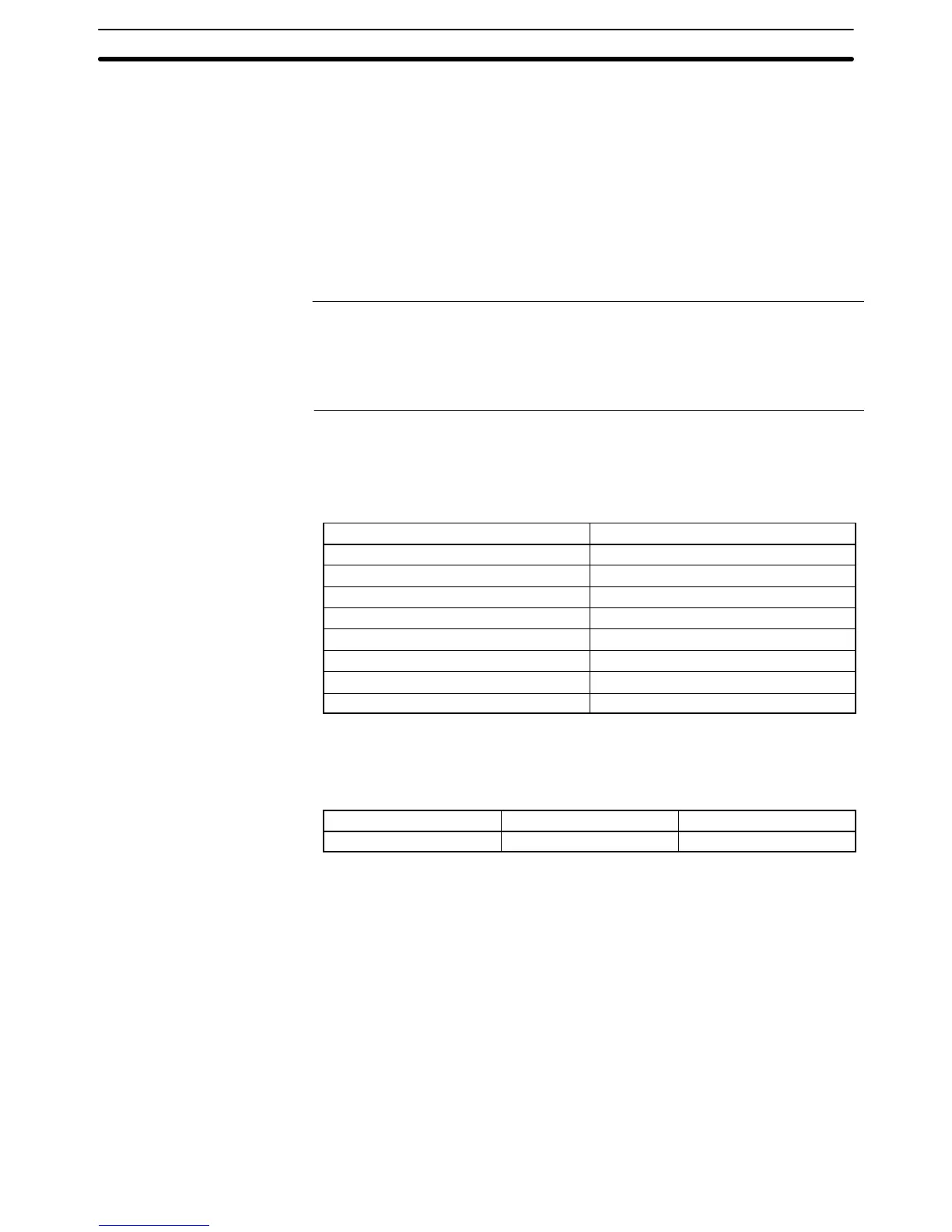2-18SectionMathematical Function
278
2-18 Mathematical Function
The NT31/NT31C and NT631/631C PTs have been equipped with a mathemati-
cal function that automatically executes formulas that have been registered in
the PT in advance with the Support Tool. The mathematical function can auto-
matically perform data processing such as scaling in the PT and display the re-
sults.
Up to 256 calculation formulas can be registered.
This section explains the functions and operation of the mathematical function.
Refer to 5-1 Examples of Actual Applications of Direct Access for an example
application of the mathematical function.
Reference: In order to use the mathematical function, a mathematical table must be regis-
tered and transferred to the PT along with the image data. Use the Support
Tool (version 4. for Windows) for these operations.
The mathematical function can be used only when the system program of the
NT21, NT31/31C, or NT631/631C is version 3 or higher.
2-18-1 Executable Calculations
The following table shows the 8 formula patterns that can be executed in the PT.
The formulas have 2 to 5 terms.
Formula pattern Example
x ! x a + b
(x ! x) ! x (a + b) * c
x ! (x ! x) a / (b – c)
x ! ((x ! x) ! x) a + ((b – c) / d)
x ! (x ! (x ! x)) a * (b + (c / d))
((x ! x) ! x) ! (x ! x) ((a * b) – c) / (d + e)
((x ! x) ! (x ! x)) ! x ((a * b) + (c * d)) * e
(x ! x) ! ((x ! x) ! x) (a + b) / ((c – d) * e)
x: Operand; !: Operator
If there isn’t a formula pattern that matches your formula exactly, use operators
and operands that won’t affect the result (+0 or *1) in the extra terms, as in the
following example.
Desired formula Formula pattern Registered pattern
a
2
+ b
2
((x ! x) ! (x ! x)) ! x (a * a) + (b * b) + 0
Formula Patterns
